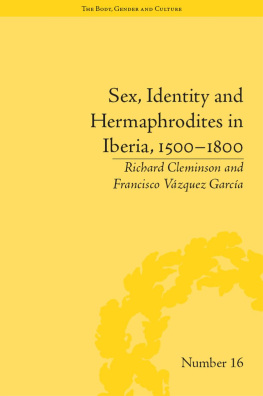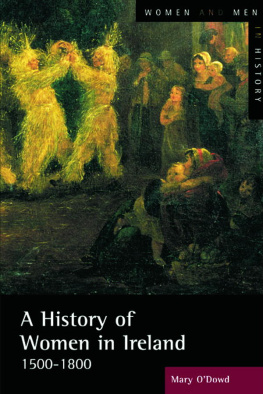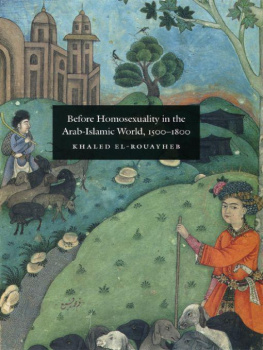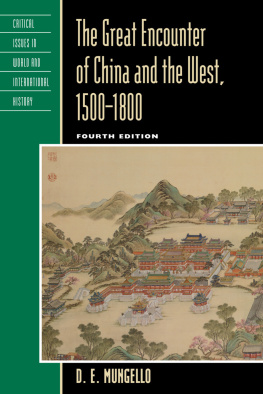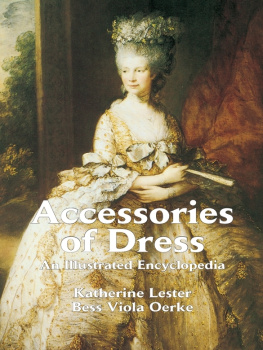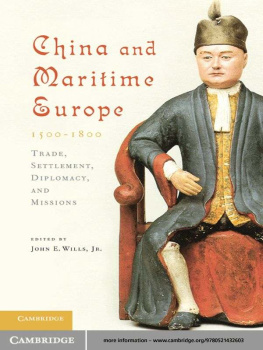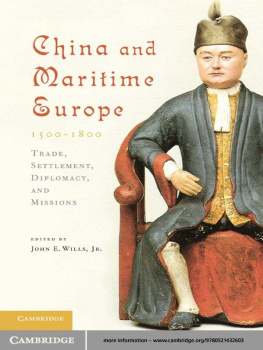SEX, IDENTITY AND HERMAPHRODITES IN IBERIA, 15001800
THE BODY, GENDER AND CULTURE
Series Editor: Lynn Botelho
TITLES IN THIS SERIES
1 Courtly Indian Women in Late Imperial India
Angma Dey Jhala
2 Paracelsuss Theory of Embodiment: Conception and Gestation in Early Modern Europe
Amy Eisen Cislo
3 The Prostitutes Body: Rewriting Prostitution in Victorian Britain
Nina Attwood
4 Old Age and Disease in Early Modern Medicine
Daniel Schfer
5 The Life of Madame Necker: Sin, Redemption and the Parisian Salon
Sonja Boon
6 Stays and Body Image in London: The Staymaking Trade, 16801810
Lynn Sorge-English
7 Prostitution and Eighteenth-Century Culture: Sex, Commerce and Morality
Ann Lewis and Markman Ellis (eds)
8 The Aboriginal Male in the Enlightenment World
Shino Konishi
9 Anatomy and the Organization of Knowledge, 15001850
Matthew Landers and Brian Muoz (eds)
10 Blake, Gender and Culture
Helen P. Bruder and Tristanne J. Connolly (eds)
11 Age and Identity in Eighteenth-Century England
Helen Yallop
12 The Politics of Reproduction in Ottoman Society, 18381900
Glhan Balsoy
13 The Study of Anatomy in Britain, 17001900
Fiona Hutton
14 Interpreting Sexual Violence, 16601800
Anne Greenfield (ed.)
15 Women, Agency and the Law, 13001700
Bronach Kane and Fiona Williamson (eds)
FORTHCOMING TITLES
The English Execution Narrative, 12001700
Katherine Royer
British Masculinity and the YMCA, 18441914
Geoff Spurr
SEX, IDENTITY AND HERMAPHRODITES IN IBERIA, 15001800
BY
Richard Cleminson and Francisco Vzquez Garca
First published 2013 by Pickering & Chatto (Publishers) Limited
Published 2016 by Routledge
2 Park Square, Milton Park, Abingdon, Oxon OX14 4RN
711 Third Avenue, New York, NY 10017, USA
Routledge is an imprint of the Taylor & Francis Group, an informa business
Taylor & Franc is 2013
Richard Cleminson and Francisco Vzquez Garca 2013
To the best of the Publishers knowledge every effort has been made to contact relevant copyright holders and to clear any relevant copyright issues. Any omissions that come to their attention will be remedied in future editions.
All rights reserved, including those of translation into foreign languages. No part of this book may be reprinted or reproduced or utilised in any form or by any electronic, mechanical, or other means, now known or hereafter invented, including photocopying and recording, or in any information storage or retrieval system, without permission in writing from the publishers.
Notice:
Product or corporate names may be trademarks or registered trademarks, and are used only for identification and explanation without intent to infringe.
BRITISH LIBRARY CATALOGUING IN PUBLICATION DATA
Cleminson, Richard, author.
Sex, identity and hermaphrodites in Iberia, 15001800. (The body, gender and culture)
1. Intersexuality Iberian Peninsula History. 2. Gender identity Iberian Peninsula History.
I. Title II. Series III. Vzquez Garca, Francisco, author.
306.76850946-dc23
ISBN-13: 978-1-84893-302-6 (hbk)
Typeset by Pickering & Chatto (Publishers) Limited
CONTENTS
We would like to thank Juan Martos Fernndez of the Department of Greek and Latin Philology at the University of Seville for his generous assistance in translating many of the medical texts consulted in order to produce this work. Our thanks also go to Mara Jess Ruiz and Jos Mara Fraile for directing us towards relevant sources, and to Sonia Muoz-Prin for allowing us to cite her Masters dissertation.
Francisco Vzquez Garca would like to record his thanks to his colleagues in the Department of Philosophy at the University of Cadiz, namely Ramn Vargas-Machuca, Jos Luis Moreno Pestaa, Juan Carlos Mougn Rivero, Jess Gonzlez Fisac, Antonio Fras and Cndido Martn, for providing such a pleasant and supportive atmosphere in which to work. He would also like to thank Oliva and Curro, whose constant presence and love have meant that his spirits have remained constant over the period it has taken to research and write this book.
Richard Cleminson wishes to thank his colleagues at the University of Leeds, both in the School of Modern Languages and Cultures and in the Centre for Interdisciplinary Gender Studies, for their interest and support and for providing an excellent working environment. Thanks also go to the staff at Pickering & Chatto who accompanied this project at its inception, namely Ruth Ireland, and Mark Pollard and Janka Romero in its later stages. Encouragement to continue looking for new ideas and interpretations has been provided over the years by Professors Chris Perriam, University of Manchester, and Alison Sinclair, University of Cambridge; and Dr Rosa Mara Medina Domnech, University of Granada, has, in many senses, been a collaborator in this and other projects focusing on the history of sexuality in Spain. My garden has been a source of tranquil reflection and inspiration; Fredy Vlez Rodrguez has provided love and care.
Some sections of this book draw on previously published material, including our Hermaphroditism, Medical Science and Sexual Identity in Spain, 18501960 (Cardiff: University of Wales Press, 2009), especially ch. 1, and Subjectivities in Transition: Gender and Sexual Identities in Cases of Sex Change and Hermaphroditism in Spain, c. 15001800, History of Science, 48:159 (2010), pp. 138.
In a short article published in 1928 in the highly specialist medico-legal journal Archivo de Medicina Legal, the forensic doctor Asdrbal Antnio de Aguiar provided what was one of the first overviews on hermaphroditism in early twentieth-century Portuguese medical circles. De Aguiars discussion and reproduction of documentation relevant to a long-lost case of suspected hermaphroditism from 1622 at the Convent of Santa Cruz in the small Alentejo town of Vila Viosa was preceded by a historical and diagnostic framework that would structure the authors future work on this and related subjects pertaining to sexual matters.
The purpose of this study is to deepen our knowledge of discussions on theories about cases of hermaphroditism and sex change in Iberia over the years 1500 to 1800. Although our principal focus will be on discourse on hermaphroditism and sex change in Spain, with only one chapter specifically on Portugal, we hope to suggest that given the nature of the institutions that were common to both countries such as the Inquisition, the transfer of knowledge between theological and university centres such as Coimbra and Salamanca, and the very fact of migration,
The existence of the Inquisition, established in Spain in 1478 and Portugal in 1536, despite different competencies according to region, provided a set of knowledges and languages about a range of issues relating to religious observance and, not least, to matters of a sexual nature. While the question of sodomy that utterly confused category as Foucault has called it, given the range of practices that it could describe Other scientists and philosophers, such as Amatus Lusitanus, who was cited freely in Spanish sources in Latin or in the vernacular, is an example of cross-Iberian discourse on the subject of hermaphroditism itself.


